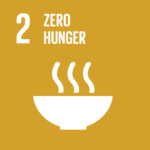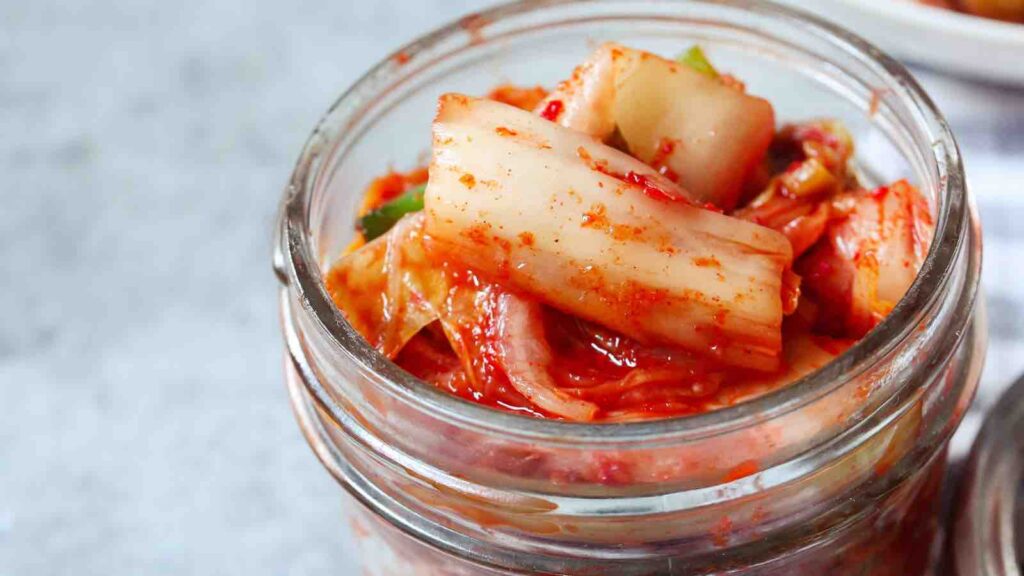Climate change continues to threaten napa cabbage, South Korea faces an uncertain future for its most cherished dish.
In South Korea, the iconic dish of kimchi is under threat as climate change jeopardizes the cultivation of napa cabbage, the primary ingredient in the popular fermented food. As temperatures rise and weather patterns shift, farmers and kimchi makers are grappling with the deteriorating quality and shrinking quantity of napa cabbage, raising concerns about the future of the country’s most beloved staple.
RELEVANT SUSTAINABLE GOALS



A Vegetable on the Brink
Napa cabbage, which thrives in cool climates, has historically been grown in South Korea’s mountainous regions, where summer temperatures rarely exceeded 25 degrees Celsius (77 degrees Fahrenheit). However, rising temperatures are now pushing the crop to its limits. According to plant pathologist and virologist Lee Young-gyu, cabbage is highly sensitive to heat, preferring temperatures between 18 and 21 degrees Celsius (64 to 70 degrees Fahrenheit).
“We hope these predictions don’t come to pass,” Lee said, referring to projections that South Korea might eventually be unable to grow napa cabbage due to the intensifying heat.
Already, the effects are being felt in the fields and kitchens, both commercial and domestic. Lee Ha-yeon, a designated Kimchi Master by South Korea’s Agriculture Ministry, notes that higher temperatures cause the heart of the cabbage to spoil and the root to become mushy. “If this continues, then in the summertime we might have to give up cabbage kimchi,” said Lee, whose title reflects her significant contribution to South Korea’s food culture.
Declining Cultivation and Mounting Challenges
Data from the government statistics agency paints a grim picture of napa cabbage cultivation in South Korea. The area of highland cabbage farms last year was just 3,995 hectares (9,872 acres), less than half of the 8,796 hectares (21,735 acres) farmed 20 years ago. The Rural Development Administration, a state farming think tank, projects that the cultivated area will shrink dramatically in the next 25 years, dropping to just 44 hectares (109 acres) by 2090, with no cabbage grown in the highlands at all.
Researchers attribute the decline to a combination of higher temperatures, unpredictable heavy rains, and an increase in pests that are harder to control in the warmer and extended summers. A particularly troublesome fungal infection that wilts the cabbage often remains undetected until just before harvest, compounding the difficulties faced by farmers.
Kimchi Imports on the Rise
The climate challenges come at a time when South Korea’s kimchi industry is already under pressure from lower-priced imports, primarily from China. According to customs data, kimchi imports through the end of July were up 6.9% this year, reaching $98.5 million—the highest ever for this period. These imports, which are mostly served in restaurants, further threaten the domestic kimchi market as local production struggles with the impact of climate change.
In response, the South Korean government has relied on massive climate-controlled storage facilities to prevent price spikes and shortages of napa cabbage. Meanwhile, scientists are racing to develop new crop varieties that can withstand warmer temperatures and be more resilient to fluctuations in rainfall and infections. However, these new varieties may be more expensive to grow and may not have the same taste that South Koreans have come to expect.
For farmers like Kim Si-gap, who has spent his life working in the cabbage fields of Gangneung in eastern South Korea, the potential loss of napa cabbage cultivation is both shocking and deeply saddening. “When we see the reports that there will come a time in Korea when we can no longer grow cabbage, it was shocking on the one hand and also sad at the same time,” said Kim. “Kimchi is something we cannot not have on the table. What are we going to do if this happens?”
Lead image courtesy of VM2002 (homemade kimchi in a jar close up)
You may also be interested in :
Rising Carbon Dioxide Levels Are Making Our Food Less Nutritious, Experts Warn





